exploration
Latest
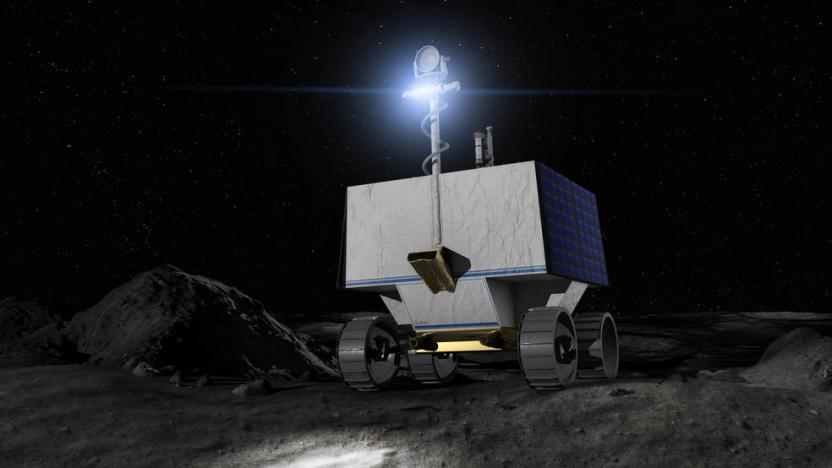
NASA's VIPER Rover will explore the moon's Nobile Crater
During a teleconference with journalists on Monday, NASA researchers revealed the decided landing and exploration site for its upcoming VIPER lunar ice survey.
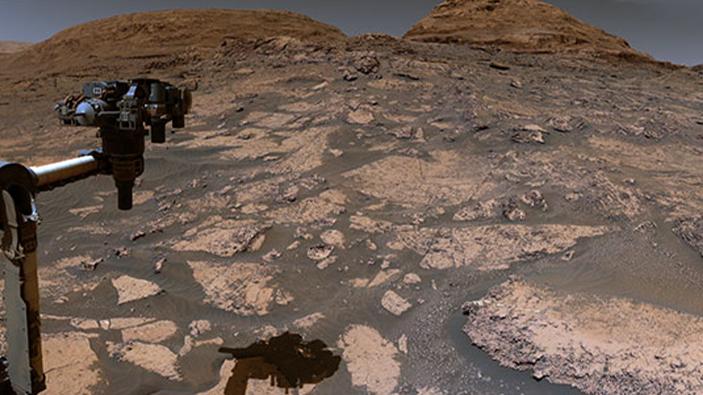
NASA's Curiosity rover video shows a fresh panoramic view of Mars
A progress report from the Curiosity Rover.

The UAE successfully put a probe in orbit around Mars
The Hope probe has reached orbit around Mars.

Scientists make jellyfish swim faster to prepare for deep-sea exploration
Scientists at Caltech and Stanford University want to turn jellyfish into deep-sea explorers that could be directed around the ocean, recording info as they travel. In a paper published in the journal Science Advances, the team explains how they've developed a tiny, microelectronic prosthetic that can be attached to jellyfish, causing them to swim faster and more efficiently.

Japan's moon rover will be made by Toyota
Toyota is going to the moon. The Japanese Aerospace Exploration Agency (JAXA) has teamed up with the carmaker to build a pressurized self-driving rover that will land on the lunar surface in 2029. The six-wheeled transporter will be able to carry two humans for a distance of 10,000 kilometers using solar power and Toyota's fuel cell technology. The rover will be about the size of two minibuses, with 13 square meters of habitable space, and the astronauts on board will be able to take their suits off inside the vehicle as they explore. It will land on the moon before the human expedition arrives, and travel independently to meet them.
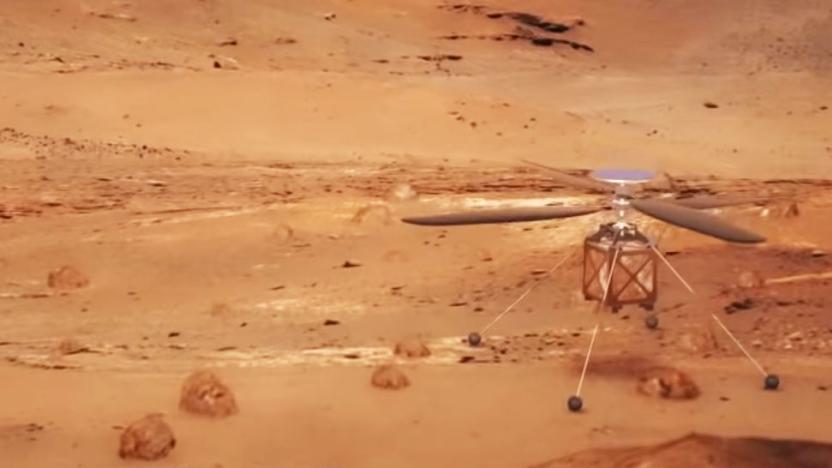
NASA is sending its first autonomous helicopter to Mars in 2020
The next vehicle NASA is sending to Mars nestles somewhere between a rover and a satellite, at least in terms of altitude. The agency is bundling an autonomous helicopter with the Mars 2020 rover to test airborne vehicles on the red planet.
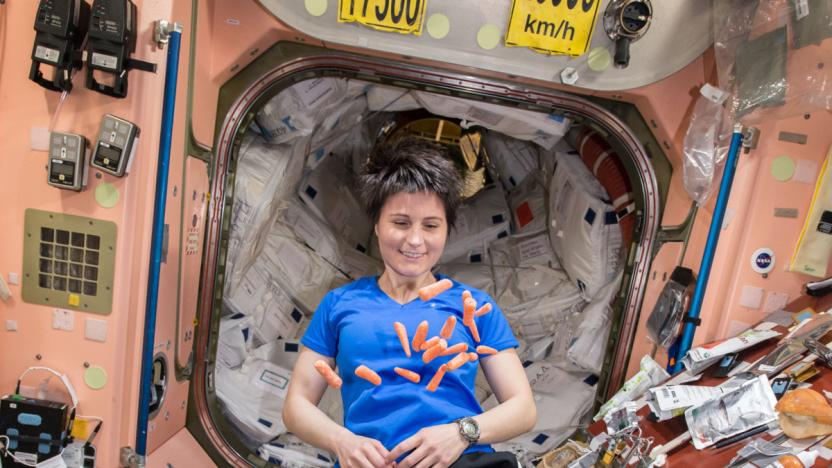
Scientists explore using astronaut poop to make space food
Astronauts aboard the ISS drink recycled pee for a reason: we can only bring so much food and water to to space. Imagine how much more we need to take for that year-long journey to Mars. Since bringing more resources means higher costs -- the heavier a spacecraft is, the more fuel it needs, after all -- scientists are looking to find ways to make self-sustaining vehicles. A team of researchers from Penn State University, for instance, have developed a method to make space food with astronaut poop.

NASA's Cassini probe bids farewell to Saturn with epic image
NASA's Cassini spacecraft was always destined to be a doomed hero. After two decades in space, diligently exploring Saturn and its many strange and beautiful moons, operators deliberately crashed the spacecraft into the planet to make sure the moons remain pristine and unaffected by debris. But not before the spacecraft took one final, breathtaking look at Saturn, which NASA has shared in tribute to the dedicated spacecraft. The image, "Farewell to Saturn", is a combination of 42 natural-color pictures showing a sweeping view of the planet and its rings. The image even captures six of the planet's moons, including Mimas, the so-called "Death Star" moon.

Mars-like soil makes super strong bricks when compressed
Elon Musk's vision of Mars colonization has us living under geodesic domes made of carbon fiber and glass. But, according to a study recently published in the journal Scientific Reports, those domes may end up being made of brick, pressed from the Martian soil itself.

Donut-shaped ice shelters could shield astronauts on Mars
Since future astronauts might be spending months at a time on Mars, their sturdy shelters must reliably insulate inhabitants from extreme outer temperatures and the cosmic radiation filtering through the planet's thin atmosphere. Some have proposed concepts that use material found on the surface, like this conceptual concrete, to minimize what the crew brings with them. Scientists and experts at NASA's Langley Research Center have came up with a novel, efficient solution that repurposes planet resources: The Mars Ice Home.

Make your space fortune in 'Astroneer' on December 16th
If you felt a little let down by No Man's Sky, perhaps Astroneer can restore your faith in procedurally generated universes. System Era's space exploration game is finally nearing completion, and will be released on Steam Early Access, as well as Xbox One and Windows 10 Game Preview, on December 16th. The title actually has a lot in common with No Man's Sky, apart from the third-person viewpoint reminiscent of Lifeless Planet. You are an explorer out to make your fortune, but to do that you must hunt down the resources required to build vehicles, bases and conduct research needed first for survival, then for prosperity.

Stephen Hawking warns humans may have only 1,000 years left on Earth
Renowned theoretical physicist Stephen Hawking spoke at the Oxford Union earlier this week, and the headline takeaway from the speech has been a statement that humanity needs to find a new place to live, and fast. The Daily Mail reports the professor told attendees "I don't think we will survive another 1,000 years without escaping our fragile planet," but really, there's at least one reason for optimism. As one of the greatest minds alive, Hawking has been making this prediction for years, and hysteria over recent events doesn't appear to have affected his timeline (yet). He made the same claim, word for word, during a speech at Cedars-Sinai Hospital in 2013.

The ESA wants to put people on the moon by the 2020s
The European Space Agency is going back to the moon. It announced on Friday that it's working with international partners to land a series of manned missions on the moon by the end of the next decade. But first, they're sending in robots to pave the way.

NASA's growing flowers on the ISS for the first time
Following upon its initial successes with lettuce back in August, NASA astronauts aboard the International Space Station are attempting to coerce a colony of zinnias to flower for the first time. The effort is part of the larger Veggie plant growth system which is studying the effects of microgravity on plant life.

'Astroneer' is a planetary exploration game on a grand scale
Games like Kerbal Space Program are great at depicting the challenges of getting to another planet, but there isn't usually much to do when you arrive beyond planting a flag. Wouldn't it be nice to really, truly explore those alien worlds and make them your own? System Era may just give you that chance. Its upcoming Astroneer has you exploring and harvesting resources from vast, procedurally generated planets. You not only have to brave hostile conditions (including The Martian-like storms) and build up your base, but shape the very surface you're walking on. You can level hills, carve out tunnels and dig out artifacts buried in the soil -- think of it as Minecraft in an unfamiliar, unforgiving landscape.

TS Eliot and a tragic childhood in 'Home is Where One Starts'
You stand on the edge of a strip of asphalt, in the middle of a breezy, weedy, Southern forest. It's nearly sunset and the day's final rays sprawl over hay rolls and a small pond across the road. Behind you, a long trailer home sits in a clearing, piles of old and discarded possessions heaped haphazardly around it. More hazy structures dot the horizon, and at your feet there's a small, elephant-shaped backpack. You pick it up and turn it around. A woman's voice calmly says, "I remember missing the school bus that morning." True enough, the bus never comes and you're free to roam around the immediate area, exploring the forest, trash, houses and cemetery around you, learning more about yourself and your past. This is Home is Where One Starts..., a short exploration game inspired by TS Eliot's The Four Quartets and created by indie developer David Wehle. I spoke with Wehle about the poetic influences behind his game and the wider state of exploration-based games.
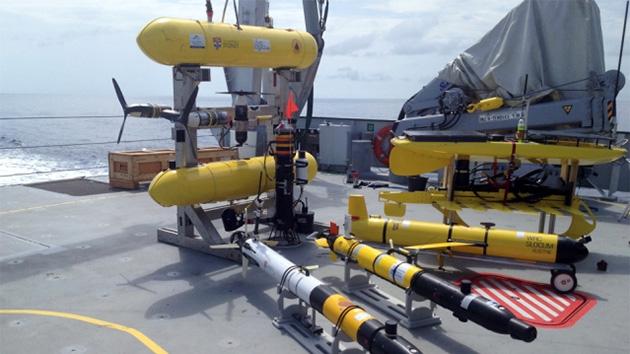
MIT gave exploring robots a way to plan underwater missions
Forget those teensy deep-sea submersibles cradling crews of brave scientists -- the future of underwater exploration might be led by robots that can do their own thing. MIT engineers, led by professor Brian Williams, cooked up a system that lets autonomous underwater drones figure out and act on the nitty-gritty details of their missions without the need for meticulously laid-out plans.

The Long Dark welcomes 250K survivors, January update to nearly double size of wilderness
The Long Dark, Hinterland Studios' Northern woods survival simulator that's currently in Early Access, has surpassed 250,000 sales since launching on Steam's service on September 22. Unfortunately, the life expectancy for its inhabitants isn't very lengthy – an infograph coordinated with the sales announcement notes that only 24 percent of players have persevered for more than five days, with only 1.4 percent of players demonstrating the wit needed to last 50 days. While a dedicated story mode is still on the way, an update planned for later this month will nearly double The Long Dark's stretch of wilderness, adding fresh locales and threats amongst the game's snowy pines. We look forward to learning whether that helps or hinders the probability of its playerbase lasting more than a week. If you've yet to brave The Long Dark's chill, PC and Mac users can endure the elements for $19.99 on Early Access. [Image: Hinterland Studios]

Tale of Tales' Sunset rises with first screens
Tale of Tales' upcoming narrative-driven game Sunset received its first official set of screenshots today. Announced in March 2014, the exploration game stars Angela Burnes, a housekeeper of a secluded philanthropist, set in a lone 1970's apartment. The Path and Fatale developer noted that the screens are "still work in progress and even though they do not represent the final beauty of the game, they say a lot about what is going to make the penthouse a spectacular environment to explore." Players will scope out the apartment to learn more about Burnes' employer when the game arrives this spring on PC, Mac and Linux. As seen in the gallery below, Tale of Tales said it "pushed the colour scheme to its saturation point with the tones of the evening sky, chic lighting from designer lamps and dramatic shadows" to make the game "feel real," yet stylized. Sunset earned $67,636 on Kickstarter in July and will feature a soundtrack from Journey's Grammy-nominated composer, Austin Wintory. The developer discussed the ways it is "trying something different" with Joystiq following its funding campaign. [Image: Tale of Tales]

Elite: Dangerous players aim to chart out the whole galaxy
Over a thousand players in Elite: Dangerous are already unified by a single mission. It's not warfare; it's not economic dominance; it's exploration. The Great Expedition has brought together a huge number of players to start plotting the whole of the game's 400 billion stars, or at least as much as possible. That means coordinating logistics, figuring out routes, sending out pathfinders, and heading off into the great unknown. While the eponymous expedition hasn't started quite yet, players are already dipping their toes into the process and figuring out how to handle the sort of extended effort required to chart the game's full galaxy. The group counts among its numbers an ex-NASA scientist and several astrophysicists. While it's taking a little time to get up to speed, there's reason to be excited about what the group might find in the future... and what waits out in the depths of virtual space.














